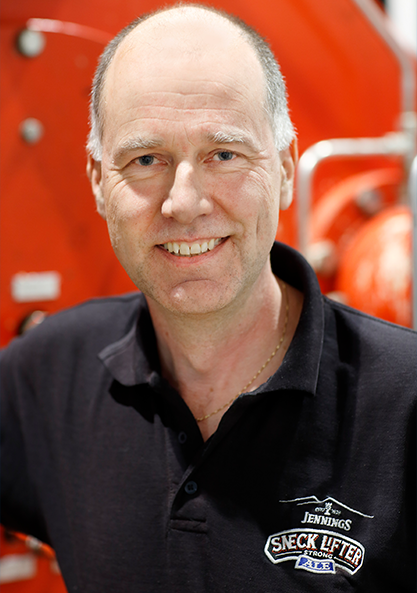Datum
- 2022 nov 17
- Expired!
Tid
- 15:00
Platser
Presenter

Christer Sandberg
Mer info
Defence of doctoral thesis: Christer Sandberg – Process intensification in mechanical pulping, Reduced process complexity and improved energy efficiency
Mittuniversitetet
The defense is taking place at Campus Sundsvall room C306 and online via Zoom.
Opponent: Adj. Professor em Göran Bengtsson, Karlstads Universitet
Supervisor: Professor Per Engstrand, Mid Sweden University and Dr Jan-Erik Berg, Mid Sweden University
Abstract:
The purpose of this work is to demonstrate how the production cost for mechanical pulps can be decreased through increased energy efficiency and reduced number of unit operations. This research demonstrates that improved mainline refining conditions enables adequate fibre development with simplified processes at 30% lower specific refining energy than most processes in use today.
Mechanical pulp is used to produce a variety of products, where the two largest categories are printing papers and paperboard for packaging. The pulp is mainly produced by the breakdown of wood chips in machines called refiners with the product and process generally referred to as thermomechanical pulp(ing) (TMP). The refiner process requires high specific electrical energy to separate and develop the fibres to a pulp suitable for printing papers. Today, many processes require more than 2000 kWh/ton of refining energy plus 200-300 kWh/ton of auxiliary energy (to drive pumps, agitators, screw conveyors, screens, presses, etc.).
This research is focused on mechanical pulp, intended for the manufacture of printing paper, produced in refiners with Norway spruce (Picea abies) as raw material. However, this approach could also be applied in other mechanical pulping processes, for example, in integrated paperboard mills.
In all studies, the pulps have been produced with full scale mill equipment and in two studies, the produced pulps were evaluated on paper machines and at printing houses. A large number of process concepts have been evaluated in which different approaches have been used to reduce the specific energy. Even though a large number of combinations of unit operations have been studied, the emphasis has been on trying to do as much fibre development as possible in a single HC refining stage.
The mill trials have shown that a low shive content and appropriate fibre development can be attained in a process without separate treatment of long fibres (reject refining). High intensity primary stage HC refining was necessary to reach a low shive content at a low specific refining energy, with double disc (DD) refiners appearing to be the most suitable for simplified processes. DD and RTS refining produced pulps with fibres exhibiting a higher degree of external fibrillation and share of split fibres than single disc (SD) refining. DD refining produced fibres with the lowest cell wall thickness and highest light scattering at given fibre length. The lowest specific refining energy was attained with a configuration consisting of DD refining at increased production rate, increased housing pressure, and with a low charge of sodium sulphite added to the chips immediately before the refiner. After DD refining the pulp was refined in two-stage LC refining. This process required a specific refining energy of only 1280 kWh/adt to reach a tensile index of 52 Nm/g (Rapid-Köthen). This is 900 kWh/adt lower than the reference final pulp for newsprint based on single disc refining, and over 500 kWh/adt lower than Scandinavian BAT (Best Available Technology) processes. Additionally, the auxiliary energy was around 150 kWh/adt lower for processes without a conventional rejects treatment system.
Link to thesis:
Process intensification in mechanical pulping : Reduced process complexity and improved energy efficiency (diva-portal.org)

